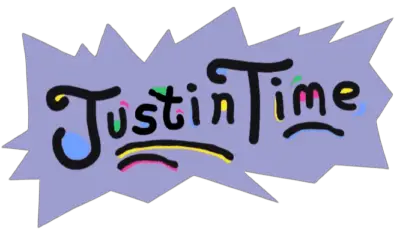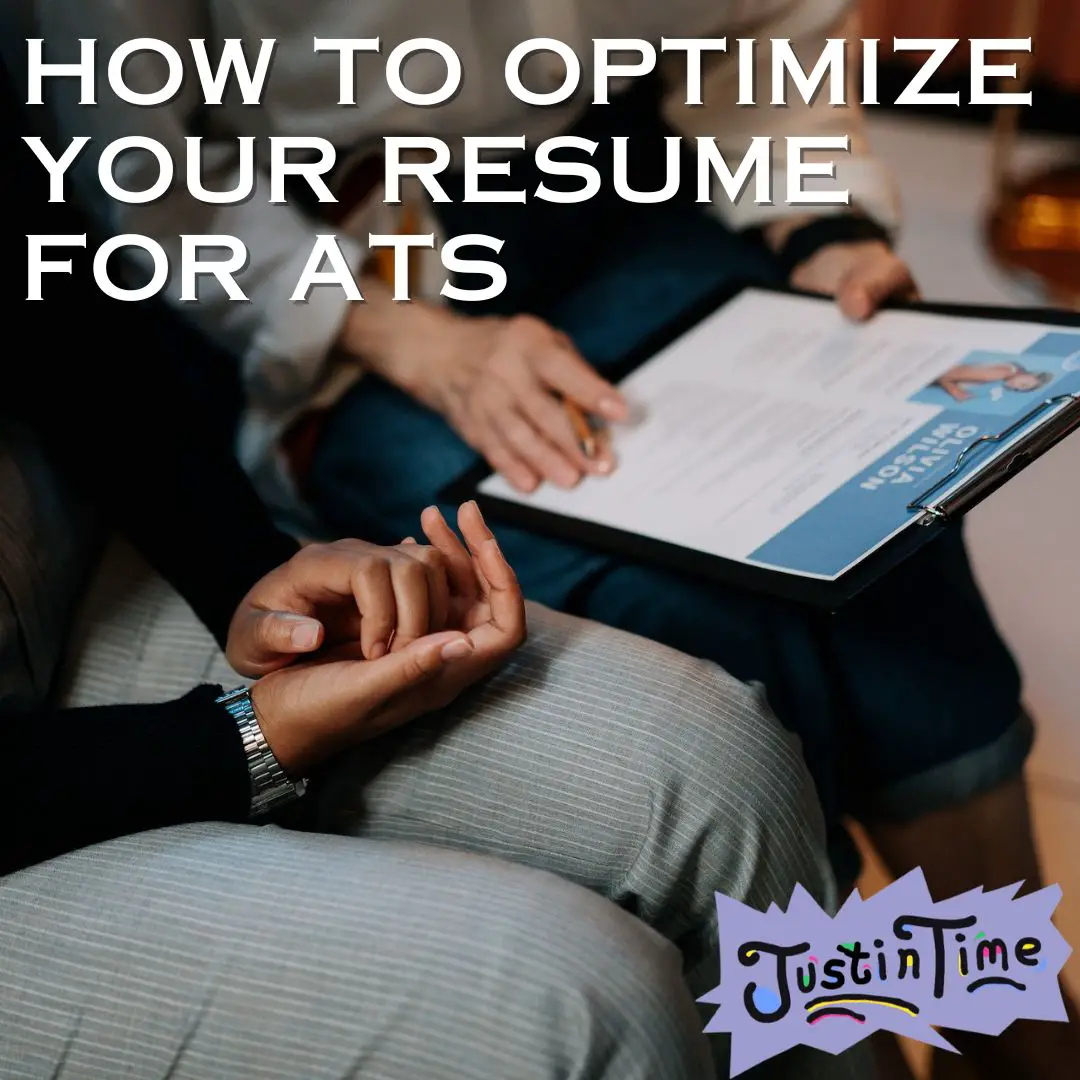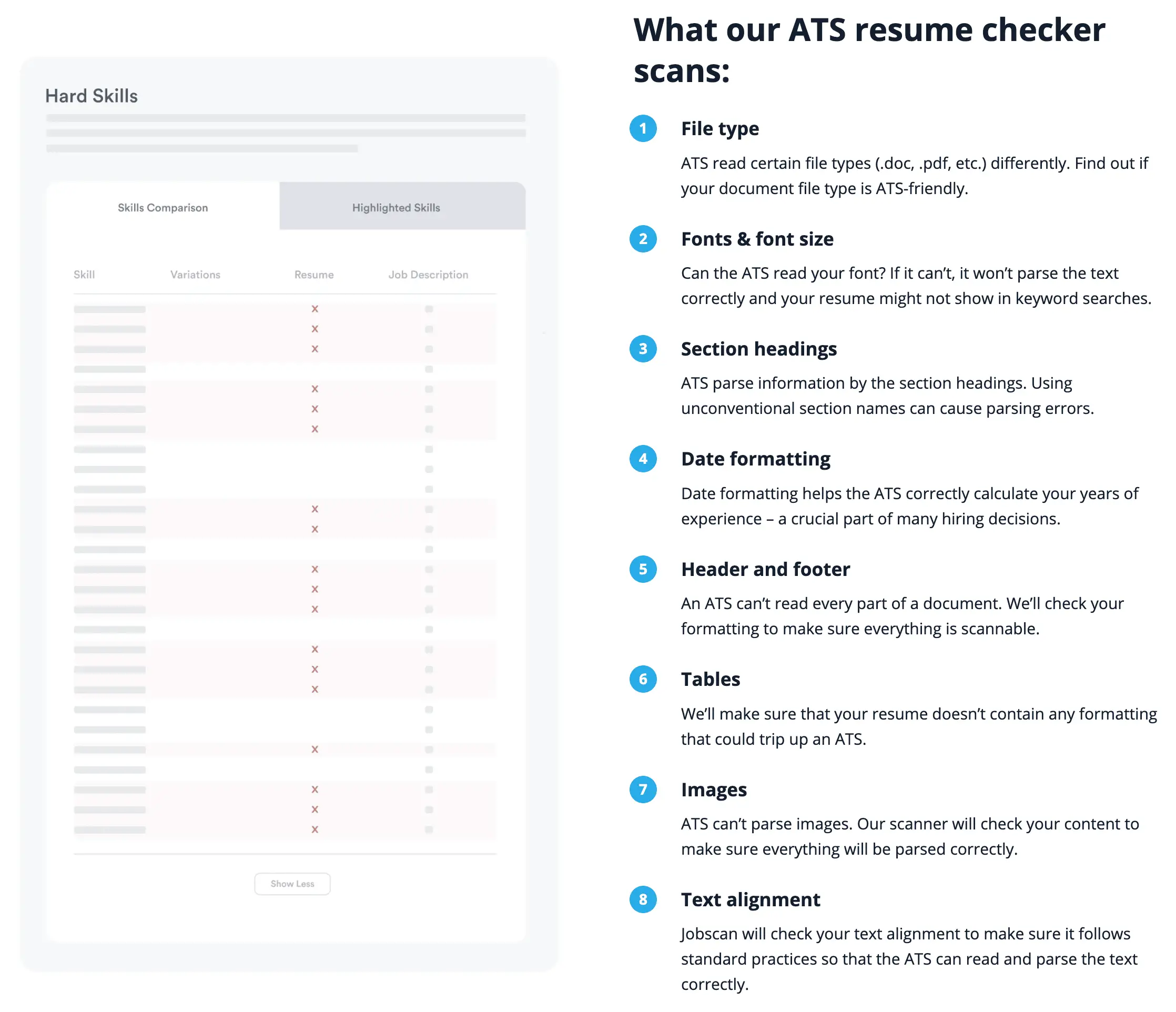Introduction to Improving Your Independent Adjuster Resume for ATS
Are you an Independent Adjuster seeking a staff position, but finding it challenging to land job interviews? You may be wondering if what you have on your resume about being an independent adjuster is holding you back from being hired; however, it is not what is on your resume, but more about what is NOT on your resume!
In today’s digital job market, Applicant Tracking Systems (ATS) play a crucial role in screening resumes. To increase your chances of getting noticed by potential employers, it’s essential to create an ATS-friendly resume that highlights your customer service and claim-handling skills even if you are an independent adjuster. In this blog, we will discuss what ATS is and provide valuable tips on optimizing your resume for ATS success!
RELATED: 100+ IA ROSTERS TO JOIN FOR FREE

Table of Contents
What is an ATS?
ATS, or Applicant Tracking System, is a software used by employers to streamline the recruitment process. These days because there are many people looking for job opportunities, especially remote ones, recruiters can easily receive over 200 resumes at a time. ATS is used by Human Resource (HR) professionals to manage a large volume of resumes efficiently by automating the initial screening of applicants.
The primary goal of an ATS is to filter out unqualified candidates and present only the most promising resumes to human recruiters. It accomplishes this by scanning resumes for specific keywords, qualifications, and experience relevant to the job description. This means that your resume needs to meet certain criteria to make it through the initial ATS screening and into the hands of a hiring manager.
How to Optimize Your Independent Adjuster Resume for ATS
Before we begin, I wanted to share that one common mistake that job seekers often make is deviating from a standardized format and using unconventional wording in their resumes. While it may be tempting to get creative or experiment with unique designs, it’s essential to remember that ATS systems thrive on consistency and predictability.
Straying from the standard format and using unusual language can confuse these automated systems, resulting in your resume being overlooked. To maximize your chances of success, it’s best to keep your resume clean, and structured, and use industry-standard terminology.
Save your creativity for the interview, where you can showcase your personality and innovation directly to the hiring team. Remember, the primary goal is to ensure your resume aligns seamlessly with the ATS’s search criteria, helping you stand out as a qualified candidate.
1. Use Relevant Keywords in Your Resume for ATS
This is the most important step of the process and the reason why we listed it as number one! I am pretty sure you did not think you had to be an SEO specialist in 2023, but here we are, and to beat the bots you need to become one of the bots by knowing the basics of search engine optimization!

To ensure your resume gets past the ATS, start by carefully reading the job posting. Identify essential keywords related to the position you are applying for, such as “claim handling,” “customer service,” “insurance,” and “investigation.” Some job descriptions may even state that you must use certain technology or claim management resources (CMR). Incorporate these keywords naturally into your resume, especially in your professional summary, skills section, and previous job descriptions.
If you want to take it a step further when describing your previous roles and responsibilities, emphasize your accomplishments and contributions based on the relevant keywords, but use quantifiable data whenever possible to showcase your impact. For example, “Reduced claim processing time by 30% through efficient file documentation” demonstrates your value effectively and allows you to naturally use keywords to boost your resume for ATS.
2. Use Standard Resume Sections for Readability
Organize your resume using standard sections like “Contact Information,” “Professional Summary,” “Skills,” “Work Experience,” “Certifications,” and “Education.” This structure helps the ATS recognize and categorize your information correctly. You may wonder why we encourage you to break out of these standard sections, but let’s discuss the “Certifications” section for a moment.
Including certifications as a standard resume section is crucial for Independent Adjusters. Your certifications not only demonstrate your qualifications but also serve as keywords that ATS systems often seek. By dedicating a specific section to certifications, you make it easier for both the ATS and human recruiters to quickly identify your relevant credentials. This section can help you stand out in the competitive job market and underline your expertise in claims handling, insurance regulations, and industry-specific software, ultimately increasing your chances of landing that staff position you’re aiming for.
One thing to keep in mind when creating sections, ATS systems may struggle to read tables, graphics, or images. Stick to plain text and bullet points to ensure all your content is easily accessible to the software.
3. Customize Each Resume with Simple Formatting
Tailor your resume for each job application by adjusting your summary, skills, and job descriptions to match the specific requirements of the position. This customization makes your resume more relevant and increases the chances of passing through ATS filters.
ATS systems prefer straightforward, easy-to-parse resumes. Avoid using complex layouts, unusual fonts, or graphics that can confuse the software. Stick to a clean, professional format with standard fonts like Arial, Calibri, or Times New Roman. Use simple bullet points and headings for better readability.
Search Zippia for Claims Adjuster Resume Examples
If you struggle with formatting your resume normally, it may be a concern to format your resume for ATS. Still, Zippia provides tailored resume templates artificially designed specifically for Claims Adjusters! These templates can be optimized for the insurance and claims-handling industry. By using these templates as a Claims Adjuster, you can ensure your qualifications align perfectly with job requirements, simplifying the process of securing a staff position in the insurance field.
Using Zippia’s Resume Builder tool is a straightforward process that empowers individuals to build a high-quality resume, but to use it you have to go to the site and do the following:
- Select the Resume Builder tool under the “Career” or “Company” tab located on the top left of the site.
- Choose one of their custom resume templates. If you need to change it later, you can easily switch to another template.
- Input your personal contact information that you want listed on the resume.
- Enter your work history including dates and details for the position.
- Select your highest level of education if you want it listed on the template.
- Enter your skills or feel free to select the skills that are related to your industry. If you select a job before you start, you will receive skills related to the job.
- You can choose to add optional sections such as certifications or even custom sections
- Lastly, enter your headline title and write a career summary
The Resume Builder will then take your information and transform it into a professionally formatted document. Users can further customize their resumes by choosing a layout that best suits their preferences and career path. The tool provides real-time previews, allowing users to see how their resume evolves with each input. Zippia does not consider optimizing your resume for ATS, so that is something to keep in mind.
Once you like the format, you can download the resume and use it to elevate your job application game. Zippia’s Resume Builder stands as a valuable ally for anyone striving to create a standout resume with ease and efficiency.
4. Errors to Omit Before You Submit Your Resume for ATS
Spelling and grammatical errors in your resume can lead to rejection by both ATS and human recruiters. This is why it is extremely important to proofread your resume meticulously for spelling and grammar mistakes; however, sometimes you may not catch every error on your own. Personally, I recommend you utilize Grammarly to ensure that you have a “second pair of eyes” watching over you for not just your resume, but anything that you are typing on the computer.
The next error you should omit is saving your files in the latest file format. Stick to the basics and save your resume as a Word document (.docx), an Adobe Acrobat document (.pdf), or a plain text file (.txt). These formats are universally compatible with ATS systems and ideal when submitting your resume for ATS.
If you have made it to this part of the blog, we saved the best for last! The greatest error one can make is not knowing about ATS, but now that you do, it is important to note that software allows you to scan your resume for ATS proficiency. Before submitting your resume, use an ATS-friendly resume scanning tool to see how well it performs. Adjust your content as needed to improve your chances of success. The one that we recommend is Jobscan!
Jobscan allows you to utilize features that most HR representatives utilize to filter out their candidates. The free version allows you to use 5 free scans per month; however, there are pricing plans that can accommodate job seeker’s budgets! Below is a list of everything that Jobscan searches for on your resume to provide instant feedback for correction. If you sign up with the link below, you can get 10 FREE SCANS to start with:
Conclusion
Landing a staff position as an Independent Adjuster can be challenging, but by optimizing your resume for ATS, you can significantly increase your chances of getting noticed by potential employers. Remember to use relevant keywords, keep formatting simple, and customize your resume for each application. By following these tips, you will be well on your way to securing more job interviews and advancing your career in the insurance industry.
RELATED: how much do independent insurance adjusters make
If this blog helped you learn something new, please feel free to share it with someone else who may need help finding a job but is struggling to get past the entry point due to their resume. Feel free to reach out to us if you have any questions or requests to be made in our “Contact Us” section.





